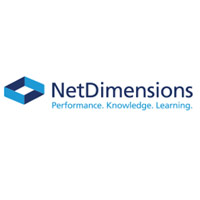For the past few years, buzzwords about (big or small) data and making sense of all that information have been thrown around quite often by industry research analysts and vendors alike.
First things first — what is big data? Where does it come from?
According to the Gartner IT Glossary big data includes high-volume, high-velocity and/or high-variety information assets that demand cost-effective, innovative forms of information processing that enable enhanced insight, decision making, and process automation.
The fourth V, veracity can be considered the most important. How accurate is that data in predicting business value? Do the results of a big data analysis actually make sense? Data must be able to be verified based on both accuracy and context.
More specifically in the context of HR professionals, department managers, chief learning officers, and training managers, the vast pool of information consists of personnel data, learning or training data, job profiles, competencies, performance appraisals, and more. Your organization already has some or all of these pieces of data, and even a lot more. One of the challenges is that these pieces of information are most likely stored or recorded in silos.
Keep in mind there is already plenty of enough useful information to analyze within your Learning Management System (LMS) alone to get started.
Maximizing the Value of Training Investments
Organizations, especially those in highly regulated industries, have to make sure their employees have the knowledge and competencies they need not just to do their jobs well, but to meet government regulations, local and international industry standards, or to obtain and maintain their qualifications and certifications.
By using the right tools to analyze your talent, learning and performance management data, you gain actionable insights that will enable your organization to maximize the value of its training investments in terms of time and money.

